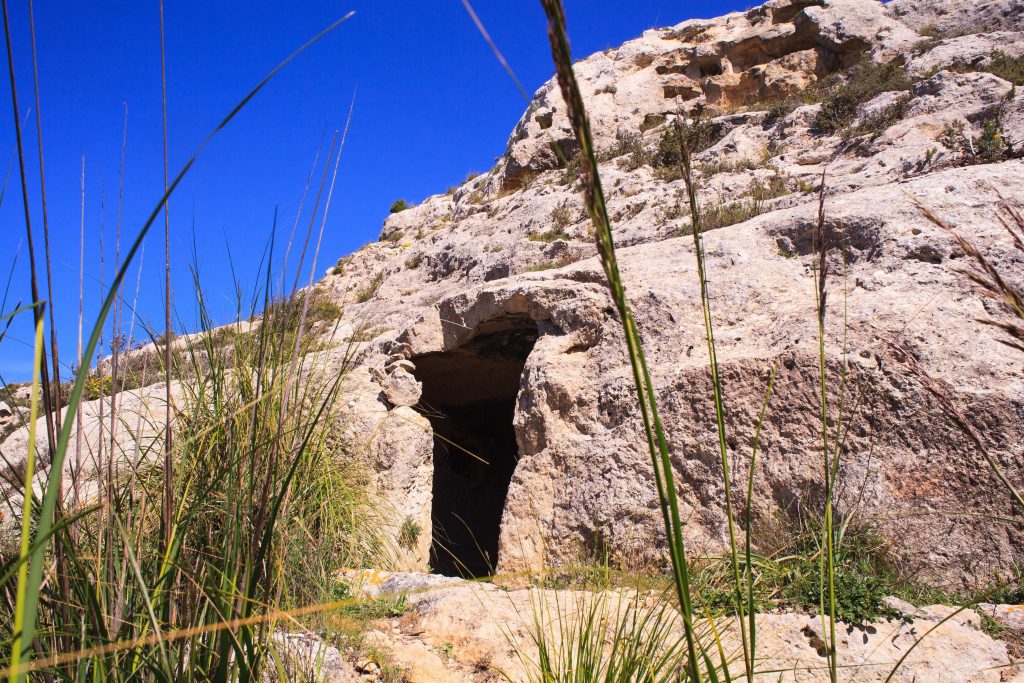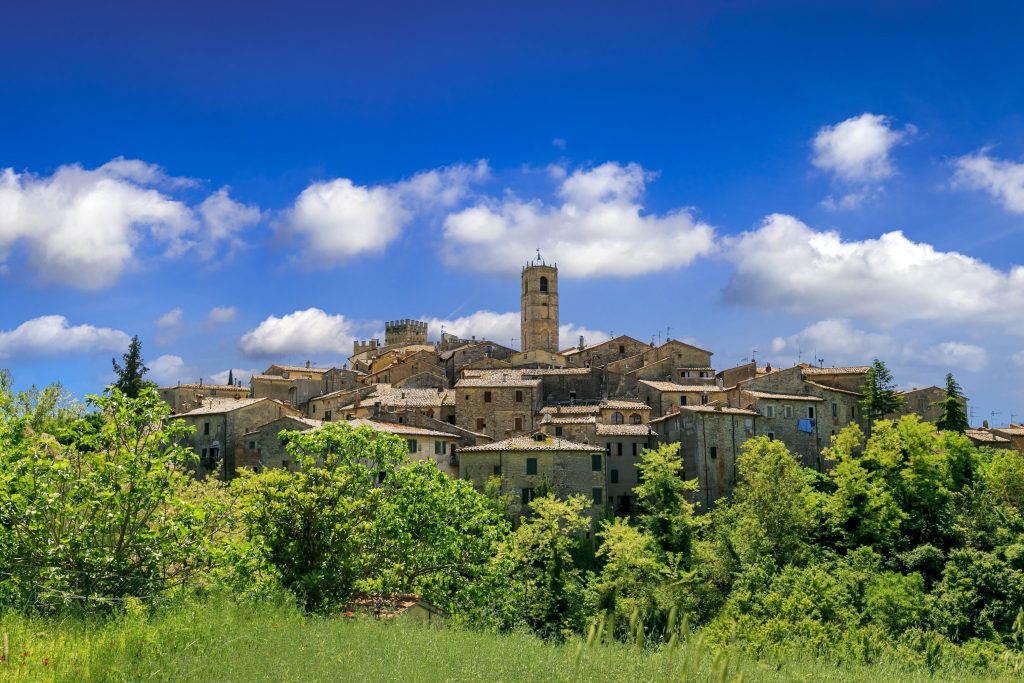Lost Cities Unearthed: Major Archaeological Discoveries Shaping Our View of Rome (2025 Update) explores the fascinating world of ancient Rome through recent archaeological discoveries. Understanding ancient civilizations is essential, and archaeology plays a vital role in uncovering their complexities. Rome, with its rich history, offers valuable insights into various aspects of life during that time.
In 2025, significant discoveries have provided fresh perspectives on different facets of Roman existence. These findings shed light on the daily lives of the plebeians, who were the backbone of Roman society. By studying their experiences, we gain a deeper understanding of how this common class influenced political and economic systems, ultimately shaping the social dynamics of the era.
Furthermore, these archaeological revelations have also unveiled aspects of the patricians’ lives—the wealthy elite wielding considerable power in ancient Rome. Their opulent lifestyles and societal impact stand in stark contrast to those of the plebeians, highlighting class disparities within Roman society.
Additionally, recent excavations have enriched our appreciation for the art and culture flourishing during this period. The artistic expressions heavily influenced by earlier Greek and Etruscan traditions showcase the creativity and ingenuity of this ancient civilization.
Join us as we explore these remarkable discoveries that are reshaping our understanding of one of history’s most captivating civilizations.
Pompeii Private Bathhouse Discovery

The discovery of a lavish private bathhouse in Pompeii offers a fascinating glimpse into the lives of wealthy Romans and their starkly contrasting realities with slaves:
1. Description
The elaborate private bathhouse found in Pompeii is believed to be one of the largest in the city, boasting hot, warm, and cold rooms adorned with intricate frescoes and mosaics. The complex features a luxurious plunge pool capable of accommodating up to 20-30 people and sophisticated heating systems.
2. Features
The opulent bathhouse showcases opulence through its detailed frescoes, mosaics, and advanced heating mechanisms, highlighting the luxurious lifestyle enjoyed by the affluent inhabitants of Pompeii.
3. Insights
Skeletons discovered on-site suggest a mix of wealthy owners and enslaved individuals who likely operated the furnace beneath the hot room. This finding provides valuable insights into the social hierarchy and wealth disparities prevalent in ancient Roman society, shedding light on the stark differences in living conditions between the rich and the enslaved population.
This stark contrast is reflective of a larger societal structure during ancient Rome, where entertainment such as gladiators’ games and chariot races played a significant role in shaping social relationships and political authority. Furthermore, understanding the legal framework established by The Twelve Tables, which codified complex legal practices, provides deeper insight into how wealth was accumulated and maintained during this period.
The governance model of ancient Rome also underwent significant changes during this era. The transition from monarchy to a more complex political structure marked the birth of the Roman Republic, which laid down principles that resonate even today in modern democracies. Understanding this structure of power during the Roman Republic can provide further context to the socio-economic dynamics observed in archaeological findings like that of the bathhouse.
Moreover, delving into Roman civilization offers additional layers of understanding about this ancient society, including its cultural practices, social structures, and economic systems that shaped their way of life.
Liternum Necropolis Excavation

Funerary structures unearthed at Liternum near Naples
Excavations at Liternum have uncovered fascinating funerary structures dating from the 1st century BCE to the 3rd century CE.
- The site boasts plastered funerary enclosures, a central mausoleum constructed using the opus reticulatum technique, and over twenty burials showcasing various Roman burial practices.
- Among the diverse burial methods observed are tombs utilizing roof tiles, terracotta jars, and brick box tombs, providing valuable insights into the evolving funeral customs of that era.
Significance of the findings in understanding Roman funerary customs
The discoveries at Liternum offer a unique window into Roman burial practices and urban planning during this period.
- Artifacts such as coins, oil lamps, ceramics, and a marble inscription dedicated to a gladiator shed light on the cultural and social aspects surrounding death and commemoration in ancient Rome.
- These findings contribute significantly to our comprehension of how Romans honored their deceased and structured their cities around these sacred spaces. The architectural elements observed in the necropolis are reminiscent of Roman architecture, which was not merely functional but also a testament to their power and cultural identity.
San Casciano dei Bagni Sanctuary Revelation

The San Casciano dei Bagni Sanctuary in Siena province has unveiled a treasure trove of ancient artifacts, shedding light on Roman religious practices and votive offerings. Here are the key points:
- Uncovering thousands of Roman coins and bronze statues at the sanctuary offers a glimpse into the religious fervor and cultural richness of Roman Italy.
- The presence of these artifacts indicates the significance of the site as a center for spiritual devotion and rituals during Roman times.
This discovery not only showcases the material wealth of the sanctuary but also provides invaluable insights into the spiritual beliefs and practices of ancient Romans. The artifacts found can help us understand more about the influence of Roman mythology on modern culture, which has been substantial. Furthermore, it opens up discussions about various aspects of Roman society, including the role of gladiators in entertainment and their complex social status. Lastly, we can’t overlook the incredible engineering feats that were part of Roman history, which have had lasting impacts on contemporary infrastructure systems.
Other Notable Roman Discoveries
2025 brought to light several significant Roman-related finds that deepen our understanding of the empire’s military and economic infrastructure. These discoveries include:
1. Defensive Structures
Excavations revealed a 3-kilometer-long wall attributed to Marcus Licinius Crassus, constructed to contain Spartacus’ forces during the Third Servile War. The scale and engineering techniques highlight Roman military strategy and logistical planning in rapid fortification construction.
2. Commercial Hubs
Archaeologists uncovered remains of bustling commercial centers where industrial activities thrived, such as large-scale salted fish production facilities. These hubs illustrate the complexity of Roman supply chains and the integration of local economies into broader Mediterranean trade networks.
3. Roman Shipwrecks
Several shipwrecks dating from the late Republic and early Empire periods were found off the Italian coast. Contents include amphorae filled with fish sauce (garum), olive oil, and wine, providing direct evidence of maritime trade goods crucial to Roman daily life and economy.
4. Military Logistics
Artifacts and inscriptions discovered in Egypt shed light on the organization of Roman military supply routes far from Rome itself. These findings emphasize how logistics supported prolonged campaigns across vast territories.
Each discovery contributes unique details about Rome’s expansive military reach and sophisticated commercial operations, painting a more nuanced picture of the empire’s capacity to sustain its power through infrastructure and trade. The historical context provided by these discoveries allows us to better understand figures like Scipio Africanus, who played a pivotal role in establishing Rome’s dominance during his time. Furthermore, these archaeological finds also provide insight into the development of Roman law and its enduring influence on modern legal systems, as seen in the Corpus Juris Civilis.
Contributions to Understanding Rome’s Historical Complexity

The collective discoveries of 2025 have significantly enriched our understanding of various aspects of ancient Rome, shedding light on different facets that shape the historical complexity of the Roman civilization:
1. Daily Life
Through the unearthing of sites like the Pompeii Private Bathhouse and the Liternum Necropolis, we gain valuable insights into the daily routines, social interactions, and living conditions of both the affluent and common people in ancient Rome. The discovery of luxurious amenities alongside more modest burial practices paints a vivid picture of the stark societal divides present in Roman society. This stark contrast in daily life is not just limited to material possessions but extends to social interactions, opportunities, and overall quality of life.
2. Social Stratification
These archaeological findings highlight the clear social hierarchy that existed in ancient Rome, showcasing the disparities in wealth, status, and access to resources among different segments of the population. From opulent bathhouses to simple burial structures, each discovery contributes to our understanding of how social classes were delineated in Roman society.
3. Architecture
The architectural remains uncovered at various sites offer a glimpse into the innovative construction techniques, urban planning strategies, and aesthetic preferences of ancient Romans. From elaborate frescoes and intricate mosaics to well-preserved city layouts and funerary monuments, these discoveries provide valuable clues about Roman architectural practices and design principles.
4. Trade Networks
By uncovering evidence of commercial hubs, maritime trade routes, and military logistics systems, archaeologists are piecing together a comprehensive map of Rome’s extensive trade networks. The artifacts found at these sites offer valuable insights into the goods exchanged, economic activities undertaken, and cultural influences that shaped Rome’s position as a hub of commerce in the ancient world. Such economic activities were not limited to trade alone; agriculture also played a crucial role in driving Rome’s economic growth.
The ongoing excavations stemming from these discoveries hold immense potential for further expanding our knowledge of Rome’s historical complexity, offering new perspectives on ancient life, societal structures, urban development, and economic dynamics. The legacy of Ancient Rome remains a cornerstone of Western civilization as explored in detail here.
Conclusion
The major archaeological discoveries in 2025 have significantly enhanced our understanding of ancient Rome, shedding light on various aspects of daily life, social structures, and trade networks.
These findings underscore the importance of continued archaeological research in uncovering more hidden treasures and unraveling further mysteries of Rome’s past.

